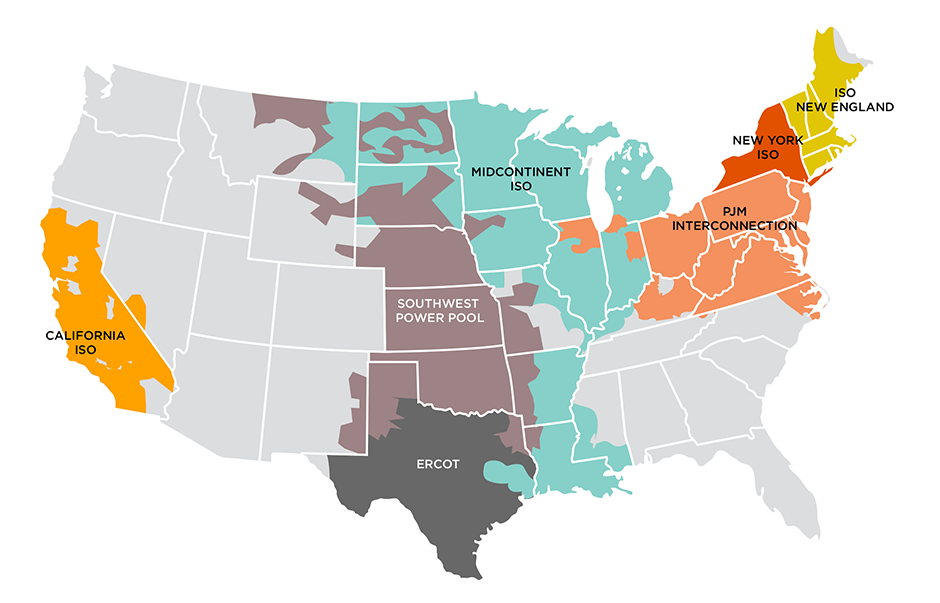Nutrients, Vol. 16, Pages 3899: Effect of Barley on Postprandial Blood Glucose Response and Appetite in Healthy Individuals: A Randomized, Double-Blind, Placebo-Controlled Trial
Nutrients doi: 10.3390/nu16223899
Authors: In-Sook Kim Soo-yeon Park Min Ju Park Kyeong Jin Kim Ji Yeon Kim
Background/Objectives: Barley dietary fiber (BDF), particularly β-glucan, has shown potential in modulating postprandial glycemic responses and improving metabolic health. This study aimed to assess the effects of Saechalssalbori (Hordeum vulgare L.), a glutinous barley variety rich in β-glucan, on postprandial blood glucose, insulin, glucagon, triglycerides, and appetite-related hormones in healthy adults. Methods: In this randomized, double-blind, placebo-controlled, crossover trial, healthy adults (n = 67) with fasting blood glucose levels below 126 mg/dL were assigned to consume either BDF or placebo (rice flour). Fasting and postprandial blood samples were collected at 30, 60, 120, and 180 min after consumption. Blood glucose, insulin, glucagon, triglycerides, and appetite-related hormones (ghrelin, PYY) were measured, and appetite was assessed using the visual analog scale (VAS). The study was approved by the Institutional Review Board (CHAMC 2022-08-040-007) and registered (KCT0009166). Results: BDF consumption significantly delayed the postprandial increase in blood glucose compared with placebo, reduced insulin secretion, and slightly increased glucagon and triglycerides. BDF also lowered hunger and increased satiety, with associated increases in ghrelin and PYY levels. Conclusions: BDF consumption, particularly from β-glucan-rich barley, may improve postprandial glycemic control and suppress appetite, making it a promising dietary intervention for managing metabolic conditions such as diabetes. Further studies are needed to explore its long-term impact on glycemic variability.

 1 week ago
29
1 week ago
29


